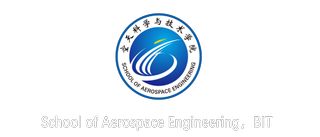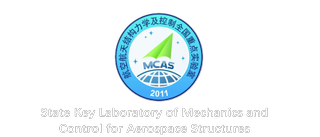Hygrothermal-Magnetic Dynamics of Functionally Graded Porous Nanobeams on Viscoelastic Foundation
M. Mahaveer Sree Jayan, Lifeng Wang
Abstract: The study focuses on the application of Haar wavelet discretization method (HWDM) and the differential quadrature method (DQM) to analyse the free vibration of a piezoelectric functionally graded porous (FGP) curved nanobeam embedded in a Kelvin-Voigt viscoelastic foundation and subjected to a hygrothermal magnetic environment. The nanobeam is composed of aluminium (Al) as the metal constituent and alumina (Al2O3) as the ceramic constituent, with material properties changing continuously along the thickness via a power-law distribution and described by an uneven porosity distribution. Base on Hamilton’s principle, grounded in quasi-3D higher-order shear deformation beam theory and nonlocal elasticity theory is employed to derive the governing equation for the FGP curved nanobeam. Pointwise convergence studies for HWDM and DQM have been conducted to exhibit the effectiveness of the methods. The study incorporates a Winkler-Pasternak-Visco elastic foundation model, assuming a Kelvin-Voigt-type viscoelastic foundation. Precision of the current model is effectively demonstrated through a comparative analysis of results obtained using both HWDM and DQM, showcasing outstanding accuracy. A comprehensive exploration of the power-law exponent, porosity volume fraction index, and thickness to material length scale parameter is undertaken to assess their impact on the natural frequencies. The investigation encompasses various boundary conditions, namely simply supported (S-S), clamped-clamped (C-C), clamped-free (C-F), and simply supported-free (S-F), elucidated with in-depth physical explanations. Additionally, mode shapes are graphically presented to qualitatively evaluate the dynamics of the structural component.
文章链接:https://link.springer.com/article/10.1134/S0025654424603756





